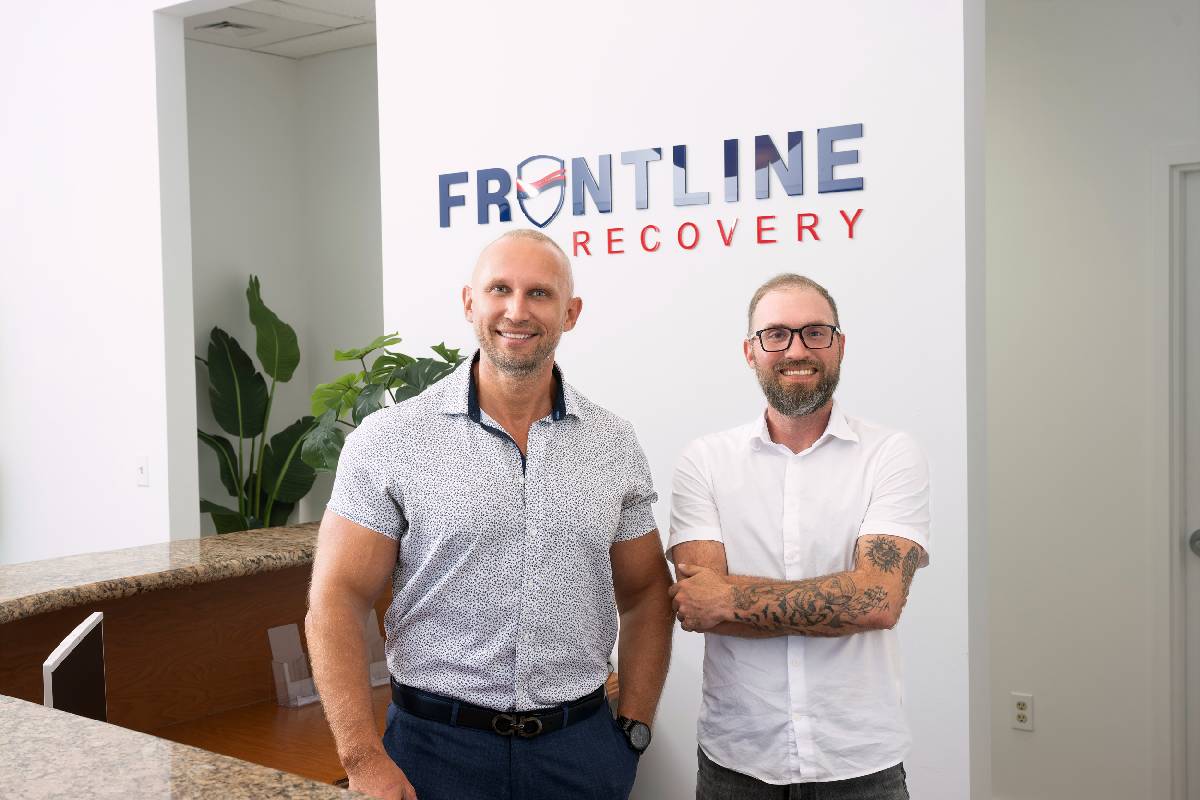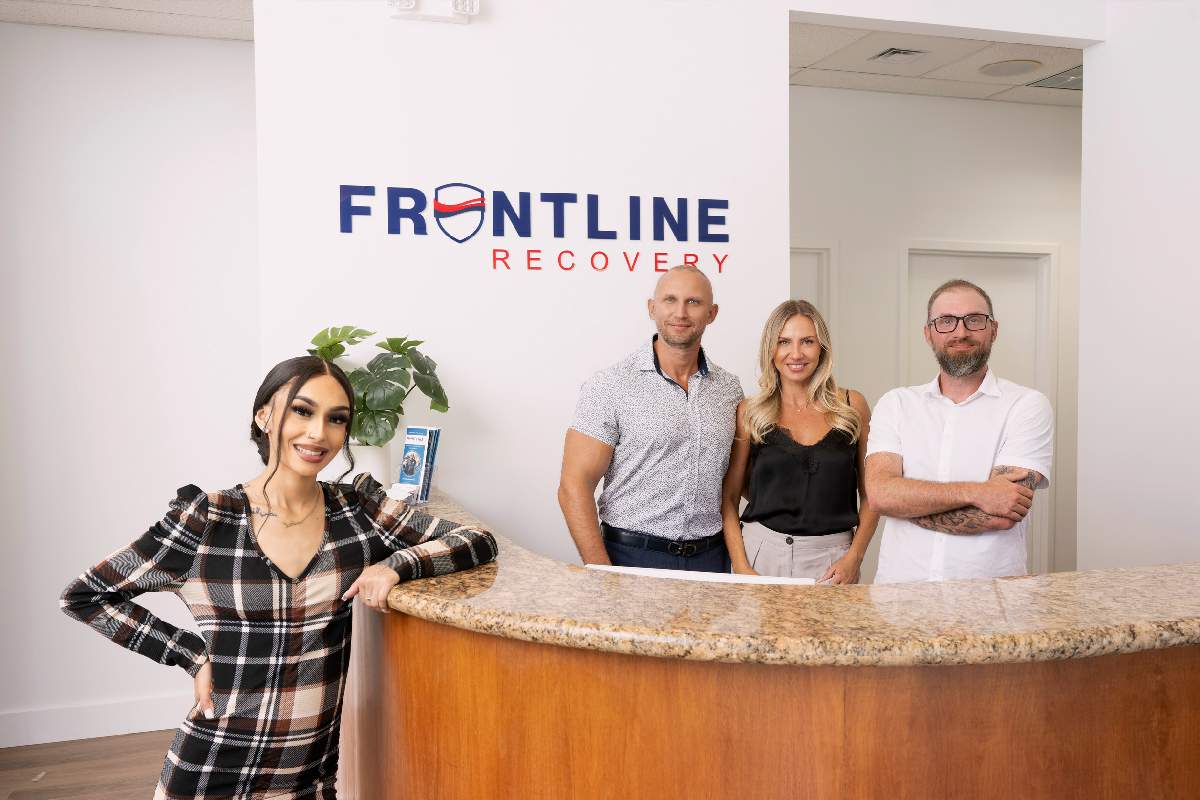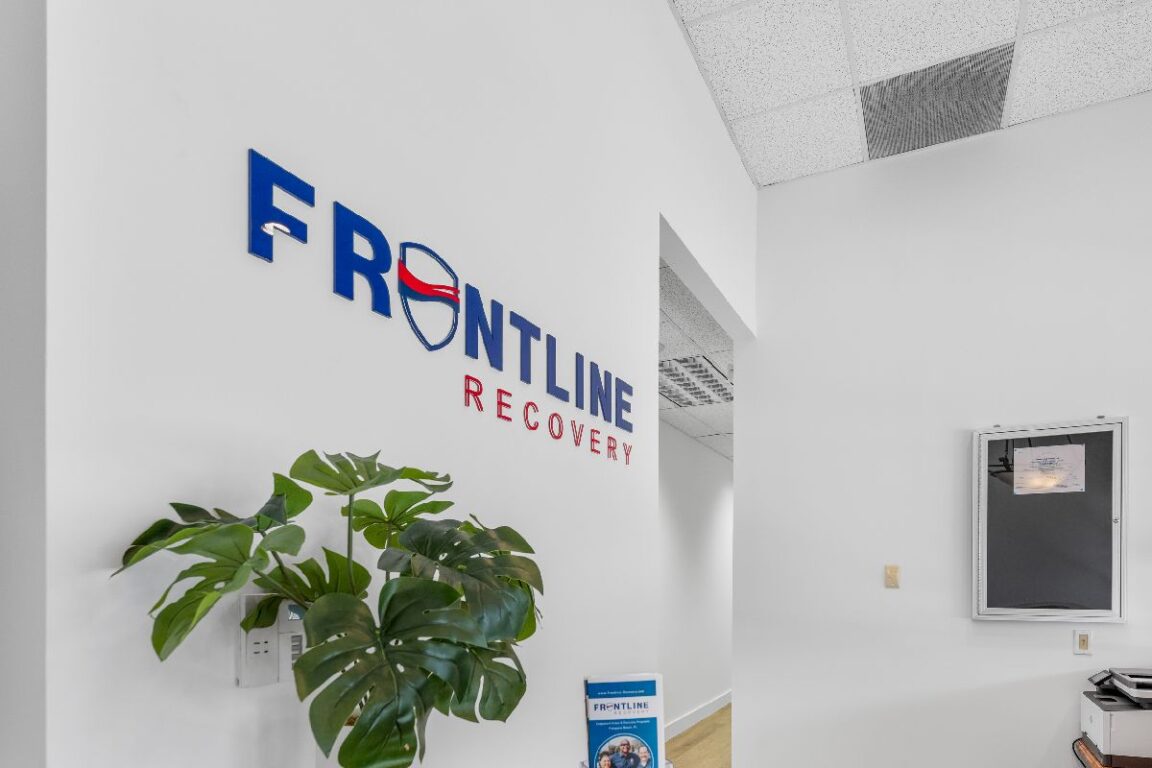The Evolving Landscape of Addiction Treatment
For decades, inpatient detoxification defined the starting point of recovery. It offered controlled environments, 24-hour supervision, and an aura of medical legitimacy. But it also carried staggering costs and limited reach. Tens of thousands of people seeking help every year are turned away or delay care because inpatient beds are full or unaffordable. According to the Substance Abuse and Mental Health Services Administration, fewer than one in ten Americans who need treatment for substance use disorder actually receive it, a gap that can be fatal for those in acute withdrawal (SAMHSA, 2024).
That shortfall has devastating consequences. Each year, lost productivity, emergency hospitalizations, and untreated addiction cost the United States more than $400 billion in combined healthcare expenses and lost wages. Emergency rooms overflow with patients in withdrawal who cannot secure a detox bed. Rural areas often have no licensed detox facilities at all, forcing families to travel hours or turn to unsafe home detox attempts. The national system designed to save lives is, for many, simply out of reach.
That is where outpatient detox programs are rewriting the playbook. At programs like Frontline Recovery, the model provides safe, medically supervised detoxification without confining patients to a facility. Clients return home each evening, maintain employment, and stay connected to family support while receiving the same clinical oversight they would in a traditional setting. This flexibility is changing who can access care and how quickly they can begin the recovery process.
Outpatient detox is not a replacement for inpatient care. It is an expansion of options that meets people where they are. It is what happens when addiction treatment adapts to modern life instead of demanding that life stop for treatment.
What Makes Outpatient Detox Different

Outpatient detox centers combine medical supervision with evidence-based medication protocols, daily monitoring, and structured accountability. Patients visit the center during the day for assessment, vitals, and medication management, then return home once they are stable. The process is designed for those experiencing mild to moderate withdrawal symptoms, often from opioids, alcohol, or benzodiazepines, where 24-hour monitoring is not medically necessary.
Outpatient detox does not mean less medical oversight. Physicians establish individualized care plans based on clinical criteria such as substance type, length of use, and co-occurring conditions. Medications like buprenorphine, naltrexone, and gabapentin can be safely administered in outpatient settings, while nurses track vitals and withdrawal scores using standardized scales. Patients experiencing severe symptoms, including hallucinations or dangerously elevated blood pressure, are referred for inpatient stabilization, ensuring safety remains the top priority.
Critics sometimes dismiss outpatient detox as unsafe or unsupervised. That misconception ignores the clinical structure behind it. Most outpatient programs require physician oversight, licensed nursing staff, and emergency protocols identical to inpatient care. They rely on ongoing communication between patients and clinicians, ensuring any complications are addressed immediately.
Safety, Structure, and Patient Outcomes
Recent studies show outpatient detox can achieve comparable completion rates to inpatient programs for select populations (National Institutes of Health, 2023). Patients benefit from continuity of care, as outpatient models seamlessly transition into intensive outpatient or partial hospitalization programs. By staying embedded in their daily lives, participants often experience stronger family support and lower relapse risk in early recovery.
A 2023 meta-analysis in the Journal of Addiction Medicine found that outpatient detox programs resulted in similar retention rates and patient satisfaction scores compared to inpatient care, with a 40 percent reduction in average treatment costs. For individuals balancing work, children, or caregiving responsibilities, this model makes recovery not just possible but practical.
Integration With the Broader Continuum of Care

Outpatient detox centers are no longer isolated clinics. They are becoming crucial entry points into the full recovery continuum. They connect emergency departments, behavioral health providers, and long-term treatment programs under one coordinated umbrella. When hospitals discharge patients after an overdose, outpatient detox can serve as an immediate next step, avoiding readmission and keeping people engaged in care.
This integration improves outcomes across the healthcare system. Rather than sending patients home with a list of phone numbers, hospitals can directly refer them to outpatient detox programs, where medication-assisted stabilization and psychosocial support begin within 24 hours. This continuity not only reduces relapse risk but also helps patients transition naturally into therapy, case management, and community support.
Technology and Telehealth Support
The rapid growth of telehealth has accelerated this integration. Patients can now have remote symptom monitoring, medication adjustments, and physician check-ins without daily travel. Some programs use wearable devices that track vitals, allowing clinicians to intervene before complications escalate. Digital tools also help structure early recovery, offering relapse-prevention planning and connection to peer-support groups.
Telehealth also solves a chronic access issue: geography. In regions where patients might drive two hours for care, daily virtual check-ins keep them safely connected to providers. Electronic health records link detox providers to primary care physicians and behavioral health specialists, ensuring everyone involved in a patient’s recovery can collaborate in real time.
This digital layer turns outpatient detox into a hybrid model, equal parts clinical and accessible, physical and virtual. It represents healthcare modernization at its most effective.
Economic and System-Level Benefits
Outpatient detox delivers measurable system-wide value. Average daily costs are a fraction of inpatient detox, often 60 to 70 percent lower depending on the state. For insurers and healthcare systems, the math is simple: lower costs per patient, higher throughput, and better utilization of staff and facilities. Hospitals see reduced emergency-room boarding times and fewer detox-related readmissions, freeing up beds for acute cases.
The impact on public payers like Medicaid is equally significant. When outpatient detox is available and reimbursed, more patients enter treatment earlier, avoiding costly emergency visits and hospital admissions. Private insurers increasingly support these models because they align with value-based care principles: better outcomes for less money.
Employers also benefit. Early intervention through outpatient detox allows employees to maintain attendance and productivity while receiving treatment. The stigma of “checking into rehab” lessens when care is accessible in a clinical yet familiar setting. For the broader economy, that means more people working, fewer disability claims, and healthier communities overall.
Outpatient models also expand access in underserved regions. In rural areas where residential treatment facilities are scarce, outpatient detox can operate within existing clinical infrastructure. Community health centers, urgent-care clinics, and even primary-care offices can host programs under physician supervision. It is scalable, adaptable, and aligned with the healthcare system’s broader shift toward value-based care.
A Patient-Centered Approach to Recovery
Beyond the data, outpatient detox represents a cultural shift in how society views addiction treatment. Traditional inpatient models, while lifesaving, often require patients to leave behind their families, jobs, and communities for weeks or months. For many, that separation becomes a barrier rather than a solution.
Outpatient detox restores dignity and autonomy. Patients participate actively in their care decisions and remain connected to their support systems. This approach respects the complexity of human lives and recognizes that recovery does not happen in isolation.
Family involvement is a cornerstone of this model. Loved ones often participate in education sessions and check-ins, learning how to support recovery without enabling old behaviors. The result is a system that heals not just individuals but entire households.
Programs like Frontline Recovery integrate counseling, peer mentorship, and aftercare planning into the detox process itself, ensuring no one is discharged back into uncertainty. When patients leave each day, they take recovery home with them, reinforcing the lessons and support they receive at the clinic.
The Future of Outpatient Detox and Addiction Treatment
Healthcare policy is finally catching up to the innovation happening on the ground. Several states are revising licensing frameworks to accommodate outpatient detox programs under existing behavioral-health statutes. Insurers are beginning to reimburse these services at sustainable rates, acknowledging their role in reducing overall healthcare costs.
Clinician training is also evolving. Nurses and medical assistants are being cross-trained in addiction medicine and withdrawal management. Physicians specializing in family or internal medicine are earning addiction certifications, allowing them to oversee outpatient detox safely and legally.
The next frontier lies in integration. Outpatient detox must not operate in isolation but as a critical node in a connected continuum: detox, therapy, and long-term recovery. Centers like Frontline Recovery exemplify this approach by coupling detox with follow-up care, therapy, and relapse prevention within one clinical system. It is not just compassionate care; it is efficient healthcare delivery.
If state and federal policymakers continue supporting reimbursement parity and licensing flexibility, outpatient detox could rapidly expand across the United States. The goal is not to replace existing treatment infrastructure but to strengthen it, ensuring no one in need of help faces an impossible barrier to entry.
Final Thoughts
Closing the treatment gap requires more than awareness campaigns or temporary funding boosts. It demands structural innovation. Outpatient detox centers are proving that high-quality, medically sound withdrawal management can be delivered outside hospital walls.
They are rewriting assumptions about what recovery can look like: accessible, affordable, and deeply human. For healthcare leaders, this model presents both an ethical imperative and an economic opportunity. Every patient who can begin recovery safely in an outpatient setting is one less person cycling through emergency departments or losing hope on a waitlist.
If the healthcare system continues to support these models with the right reimbursement structures and policy frameworks, outpatient detox could become not just an alternative but the new standard for initiating recovery. Programs like Frontline Recovery demonstrate that the treatment gap can be closed — not through theory, but through action, innovation, and care that meets people exactly where they are.

